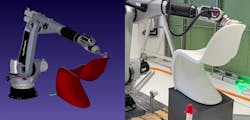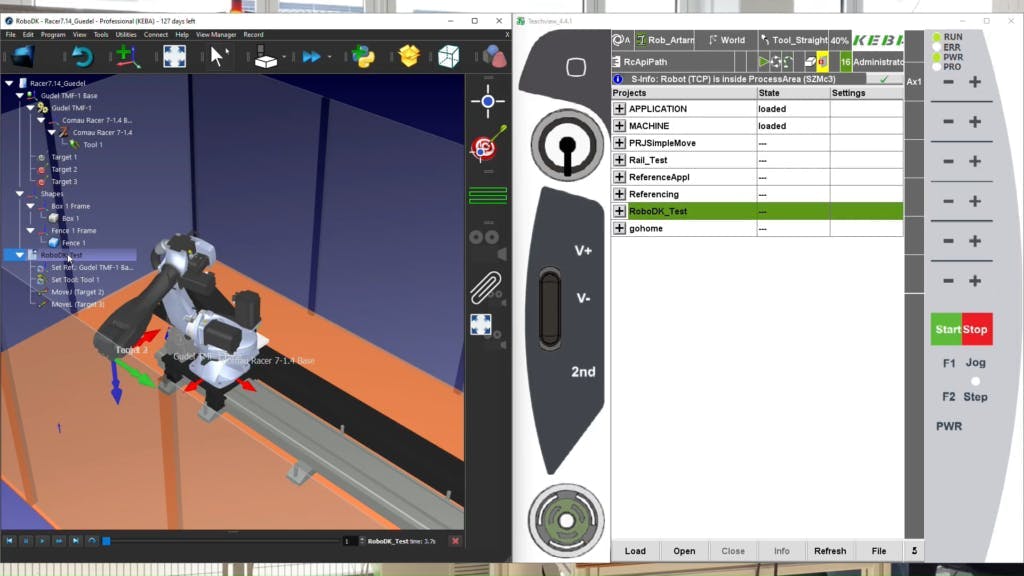Partnership enables robotic-cell integration and simulation
RoboDK was founded in Canada in 2015 and specializes in off-line programming and simulation. Keba has more than 30 years of expertise in industrial robotics and, with its Kemro X automation platform, enables interaction, the movement of the robot and the respective process functionalities. Michael Garstenauer, product manager, robotics, at Keba Industrial Automation, said: "We are delighted with the successful integration of our control technology into RoboDK. RoboDK has developed a KeMotion Keba driver that is based on Keba's new secure and powerful web APIs and thus enables corresponding workflows. Our existing customers will also benefit from this, as the RoboDK robot library already supports them."
2 open platforms
Original equipment manufacturers (OEMs) can combine the Kemro X and RoboDK. The two open platforms make it possible to create and test several robot cell scenarios from the desktop and then set up the real production cell (Figure 1). This means that the positioning of the robot can be determined before it is actually used. Cycle times are minimized, singularities are avoided, and accessibility is ensured, noted Keba’s Garstenauer. This leads to shorter commissioning times, conserves employee resources and ultimately allows reliable quotations to be prepared quickly for customers, he added. "If, for example, you program a robot to paint a complex 3D structure such as a designer chair, this can often take hours,” said Garstenauer. “With RoboDK, you can do this in just a few minutes."




